Suzuki by Kengo Kuma in Singapore serves up sushi in a garden
Suzuki by Kengo Kuma launches at the Mondrian hotel in Singapore, serving sushi in a Japanese garden setting
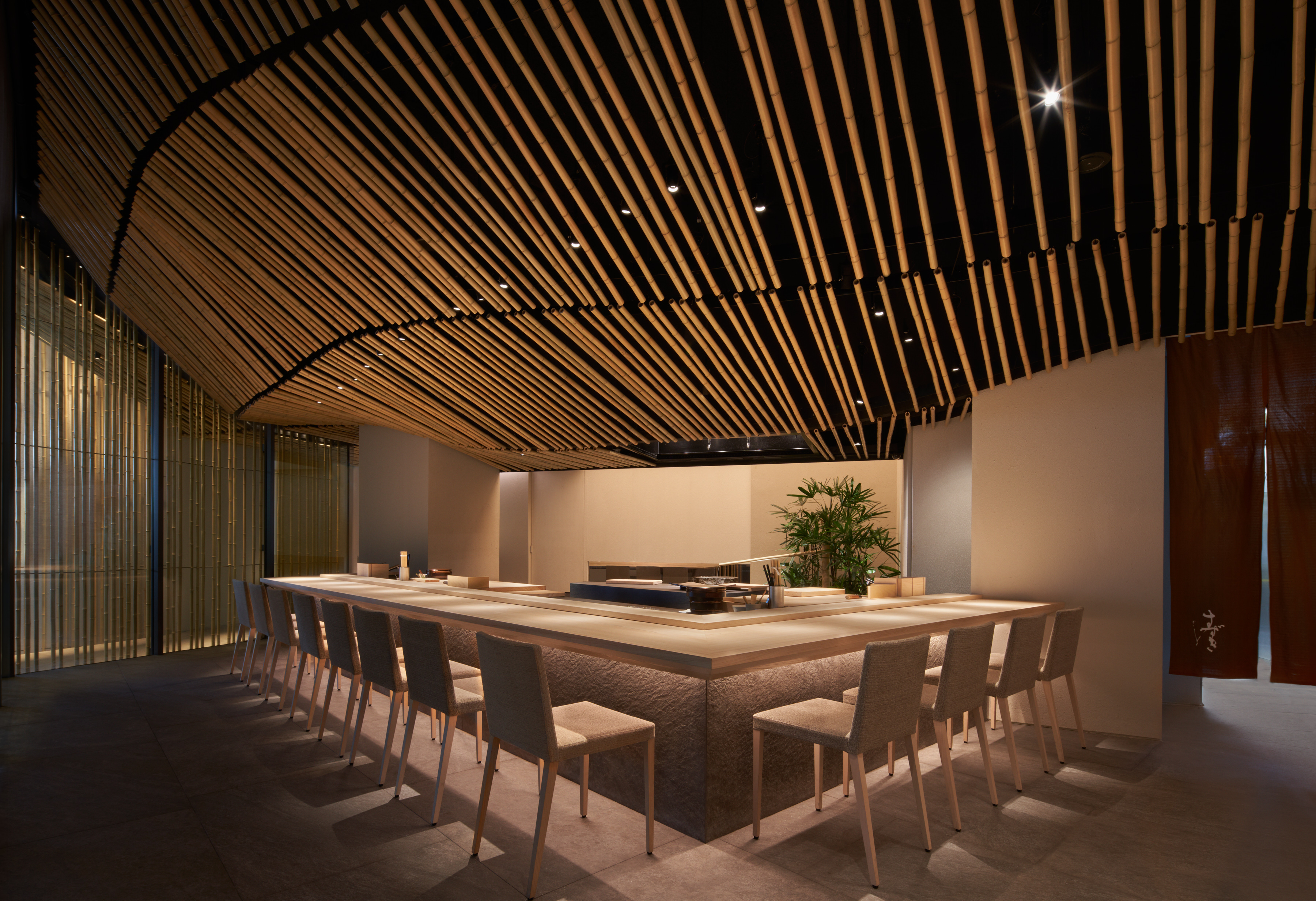
Kengo Kuma has made his long-awaited Singaporean debut with Suzuki – a sushi bar, no less – and it’s a beauty. Located in a prime spot right by the entrance of the newly minted Mondrian on the edge of Chinatown, the bijou 22-seater is Kuma’s first commercial project in city-state, the Tokyo-based architect having previously designed some private residences there.
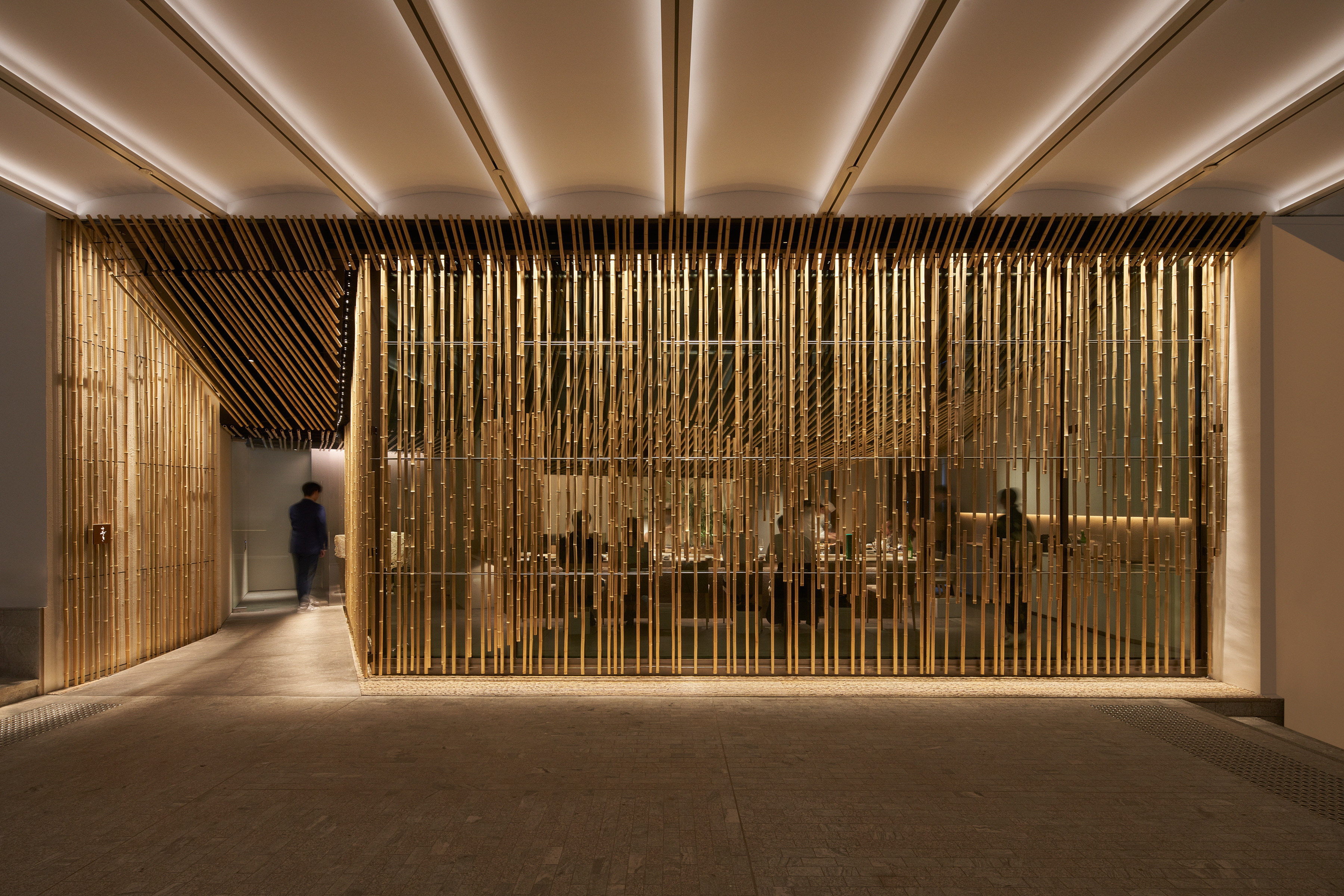
Suzuki: a sushi bar by Kengo Kuma
First impressions count and Kuma sets the scene with a floor-to-ceiling glass façade clad in a bamboo collage that unfurls into a subliminal outline of waves.
Inside, he has placed a small garden of Gifu rocks and pebbles anchored by a sōzu, or fountain, and a classic shishi-odoshi water spigot. The idea, he says, was to have a sushi restaurant set within a garden. ‘I wanted to have an element of nature within a small space. Even in Ginza, where all the good sushi places are located, it’s difficult to realise this kind of rock garden because real estate is so expensive. So in a way, this restaurant in Singapore is more authentic than most in Ginza.’

If the top notes of Kuma’s moodboard are stone and water, then his middle notes are washi paper, which clads the restaurant’s cupboards and the scrim for the private dining room, and bamboo, the latter harvested and cut in Kyoto, and then installed by local artisans on site. The long stems are found not just in the window façade but also in the dramatic ceiling above the open kitchen, their blond striations creating an almost cascading effect by drawing the eye up and then down towards the internal garden.
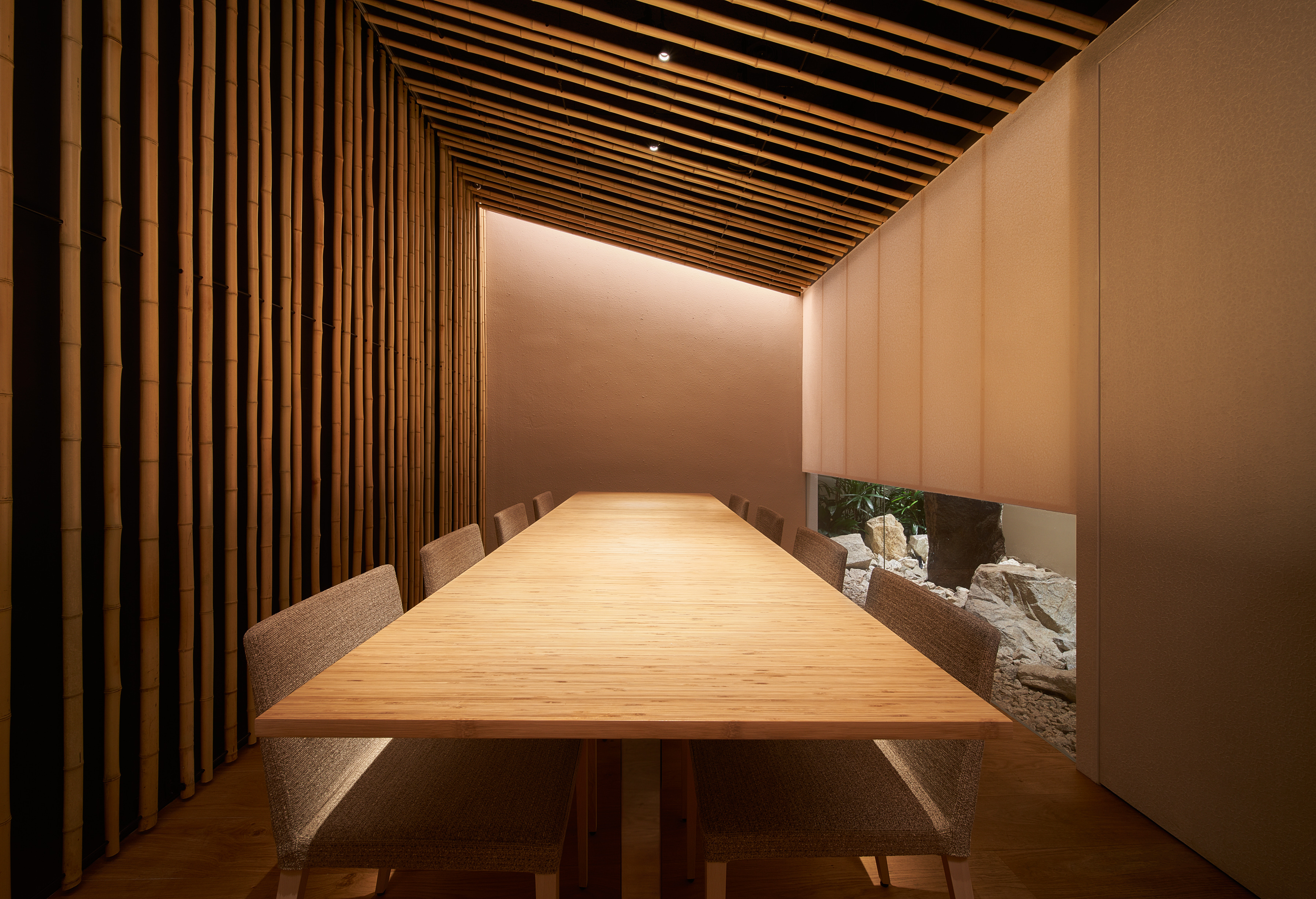
The base note, and arguably the one that is designed to create the most lasting impression, is the L-shaped sushi counter, which is crafted from a solid piece of 150-year-old hinoki timber and lined with ‘NC’ chairs, which Kuma had designed for the café in Tokyo’s Nezu museum. Kuma was particularly insistent about using this wood, not least for its special connection to sushi bars. ‘It has a subtle perfume that creates a special harmony with fish. Most sushi bars, even those in Japan, don’t use hinoki, which I always find so disappointing.’

All of which is to say that a meal at Suzuki is a multi-sensorial experience, with head chef Suzuki Yuichiro gently teasing out seasonal flavours of seafood flown in four times a week from Japan – sea urchins from Hokkaido, tuna from Kyushu, and silver belt from Osaka – which he pairs with dashi stock made from freshly sliced bonito and water from Mount Fuji. Yes, really.

For Kuma – currently at work on the monumental Founders’ Memorial on Singapore’s Marina Bay – Suzuki is the synthesis of a life’s work in which simplicity is perfectly balanced with materiality. ‘I’m very pleased I was able to showcase Japanese culture within a very small space.’
Receive our daily digest of inspiration, escapism and design stories from around the world direct to your inbox.
Daven Wu is the Singapore Editor at Wallpaper*. A former corporate lawyer, he has been covering Singapore and the neighbouring South-East Asian region since 1999, writing extensively about architecture, design, and travel for both the magazine and website. He is also the City Editor for the Phaidon Wallpaper* City Guide to Singapore.
-
 Blue skies beckon for the magnificent multi-functional Citroën ELO concept
Blue skies beckon for the magnificent multi-functional Citroën ELO conceptFeaturing an ingenious interior and new materials, Citroën’s conceptual collaboration with Decathlon and Goodyear has create a true automotive all-rounder
-
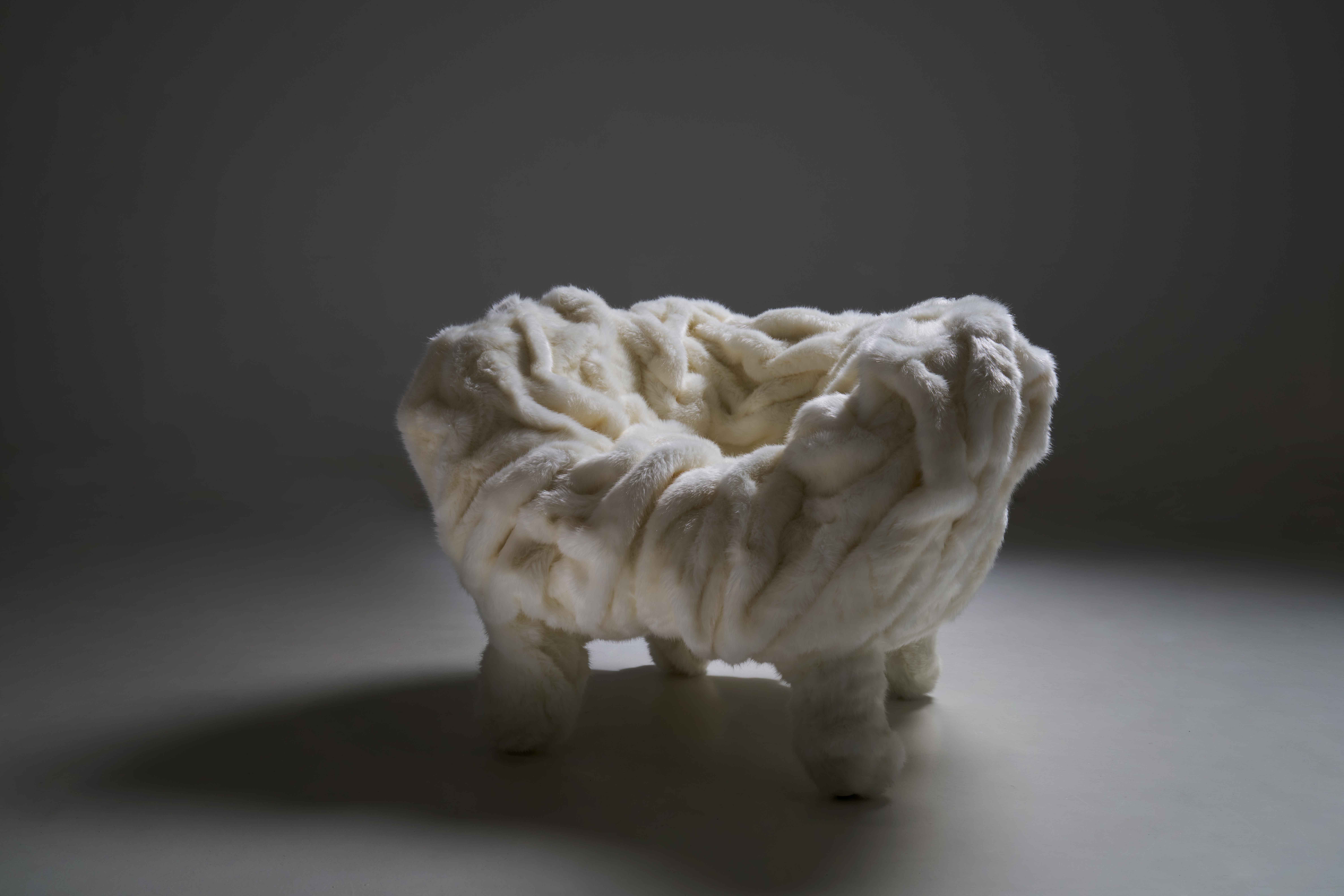 Edra’s wintry marvel of a chair heralds the 2026 Olympics
Edra’s wintry marvel of a chair heralds the 2026 OlympicsEdra unveils a snow-white, special-edition chair by Estudio Campana to mark the upcoming Winter Olympics, as part of its ‘Casa Italia’ showcase of Italian excellence for the event
-
 In South Wales, a remote coastal farmhouse flaunts its modern revamp, primed for hosting
In South Wales, a remote coastal farmhouse flaunts its modern revamp, primed for hostingA farmhouse perched on the Gower Peninsula, Delfyd Farm reveals its ground-floor refresh by architecture studio Rural Office, which created a cosy home with breathtaking views
-
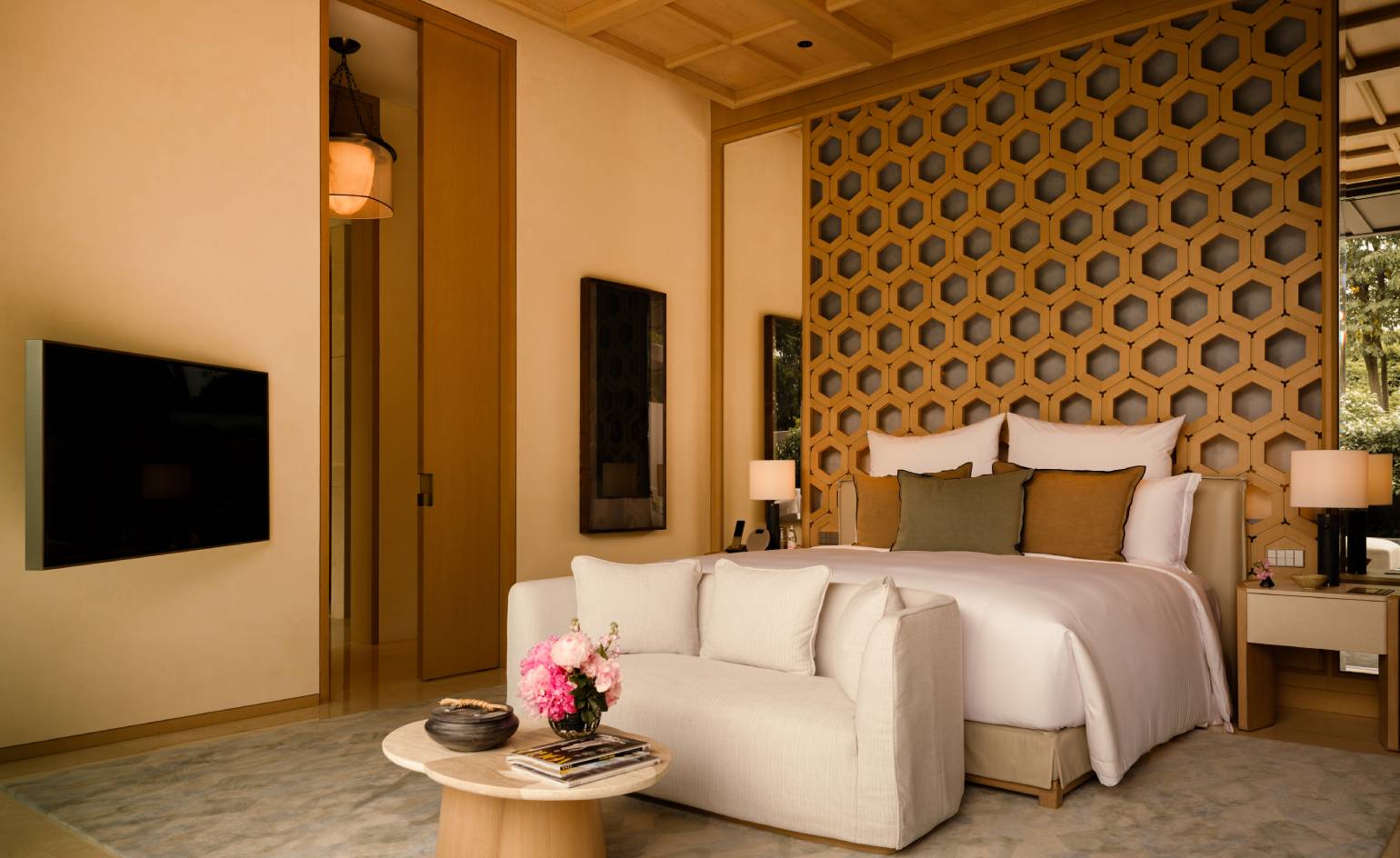 No guilt, only pleasures await at Singapore’s first all-villa resort
No guilt, only pleasures await at Singapore’s first all-villa resortFrom late-evening scented baths to midnight snack attacks, daily indulgences come in abundance at the tropical Raffles Sentosa Singapore
-
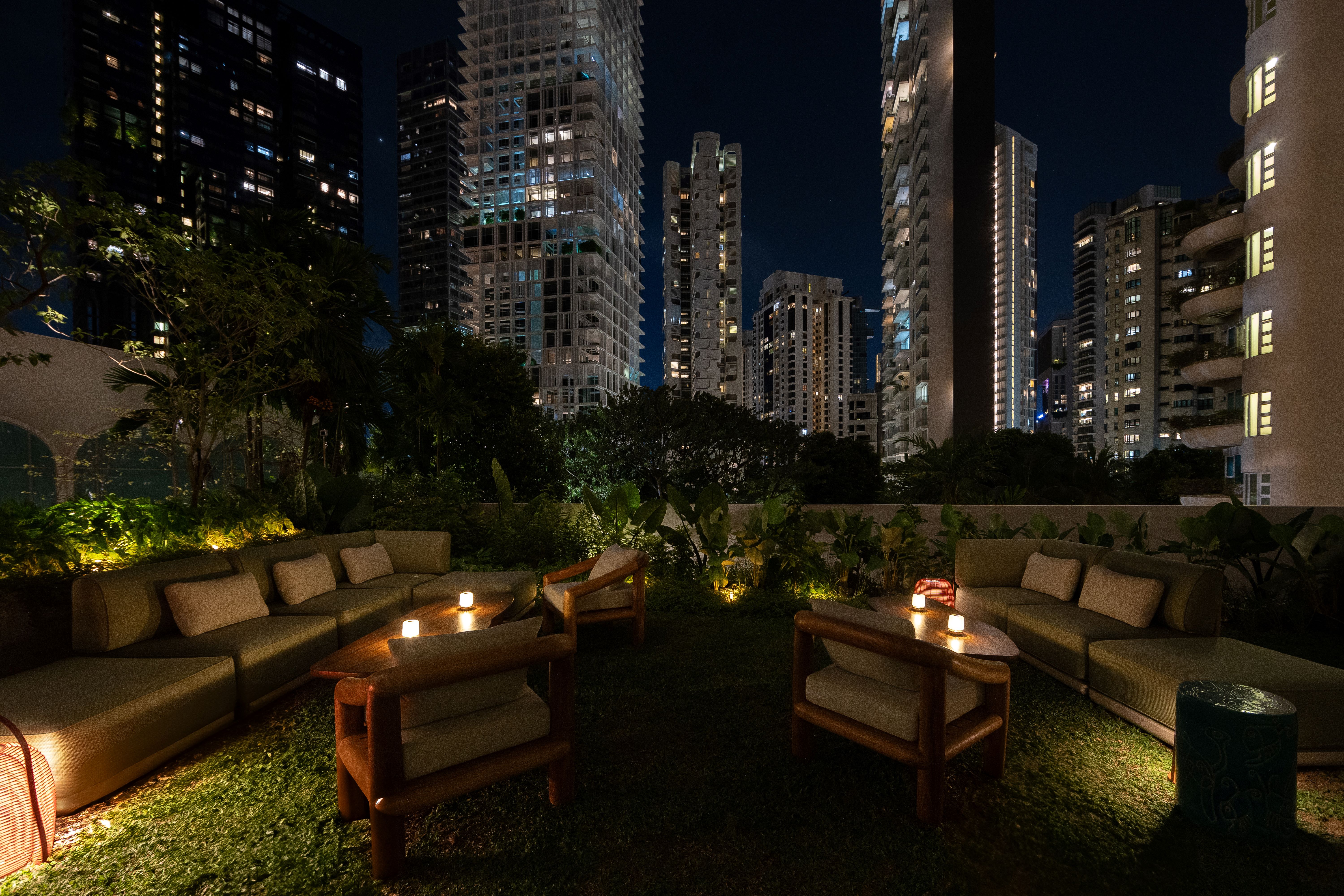 Wallpaper* checks in at The Standard Singapore for a quirky tropical city break
Wallpaper* checks in at The Standard Singapore for a quirky tropical city breakDisarming and energising in equal measure, The Standard Singapore is a lush addition to the brand’s growing Asia-Pacific portfolio
-
 The most whimsical hotel Christmas trees around the world
The most whimsical hotel Christmas trees around the worldWe round up the best hotel Christmas tree collaborations of the year, from an abstract take in Madrid to a heritage-rooted installation in Amsterdam
-
 Singapore bar and lounge Baia revives the opulence of Ancient Rome
Singapore bar and lounge Baia revives the opulence of Ancient RomeDaven Wu samples Baia’s bacchanalian cocktails and louche slouching spots that are drawing the crowds in Singapore
-
 Wallpaper* checks in at QT Singapore, a plush hotel amidst wondrous skyscrapers
Wallpaper* checks in at QT Singapore, a plush hotel amidst wondrous skyscrapersSet within an elegant neo-classical building, QT Singapore blends playful design and modern luxury in the heart of the city’s Business District
-
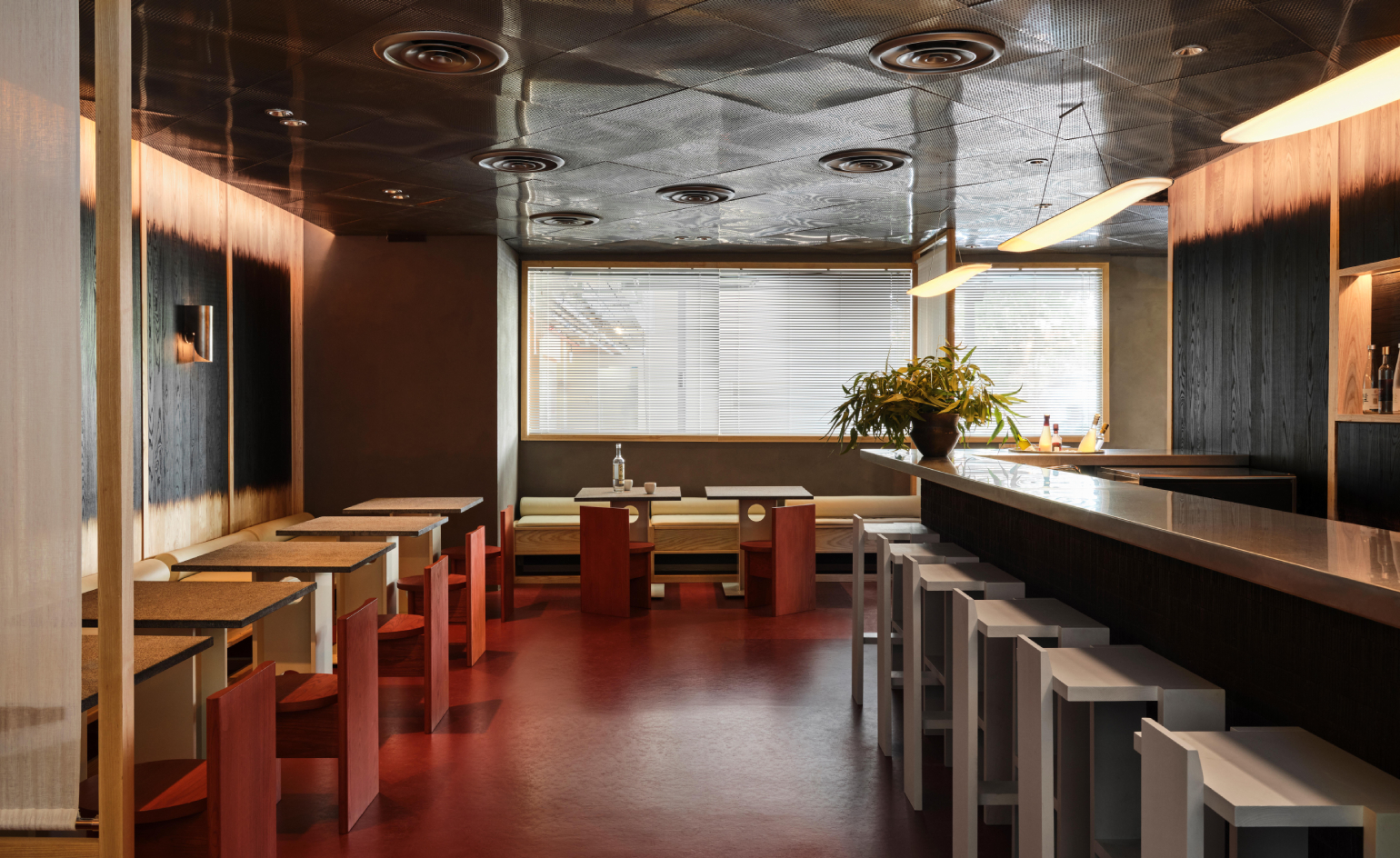 Odem, Singapore’s first craft Makgeolli bar has arrived
Odem, Singapore’s first craft Makgeolli bar has arrivedAn extensive collection of Makgeolli, also known as Korean rice wine, can be enjoyed at this new bijou bar and restaurant in Singapore
-
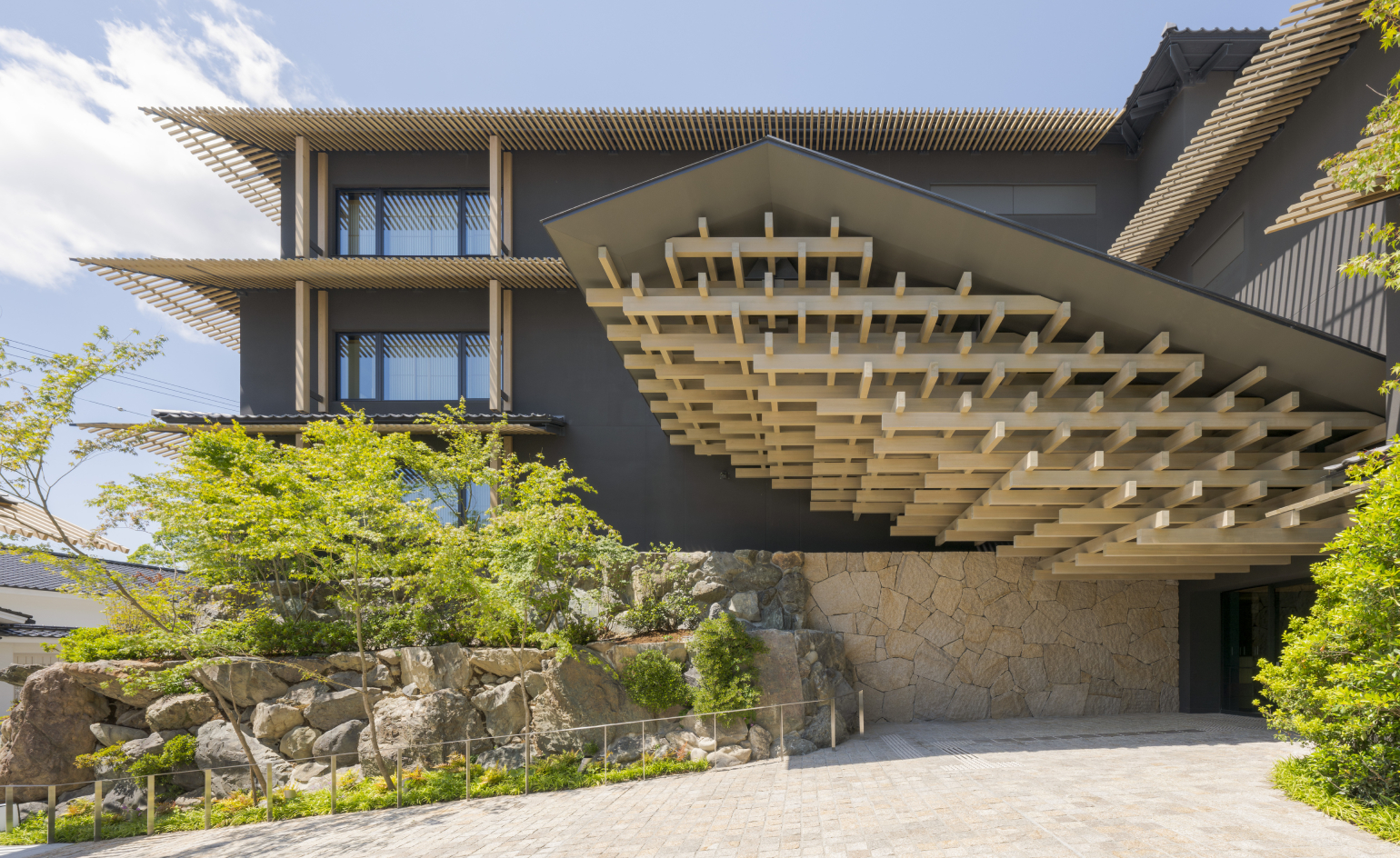 Kengo Kuma’s new Kyoto hotel is ‘a sanctuary of ethereal beauty’
Kengo Kuma’s new Kyoto hotel is ‘a sanctuary of ethereal beauty’A former ryokan inn, Banyan Tree Higashiyama Kyoto offers onsen rooms equipped with natural hot spring water, and a contemporary take on a Noh theatre
-
 Inside Na Oh, Hyundai and Corey Lee’s experimental Korean restaurant in Singapore
Inside Na Oh, Hyundai and Corey Lee’s experimental Korean restaurant in SingaporeAcclaimed San Franciscan chef Corey Lee is the driving force behind Na Oh, a new Korean restaurant at the Hyundai Motor Group Innovation Center Singapore